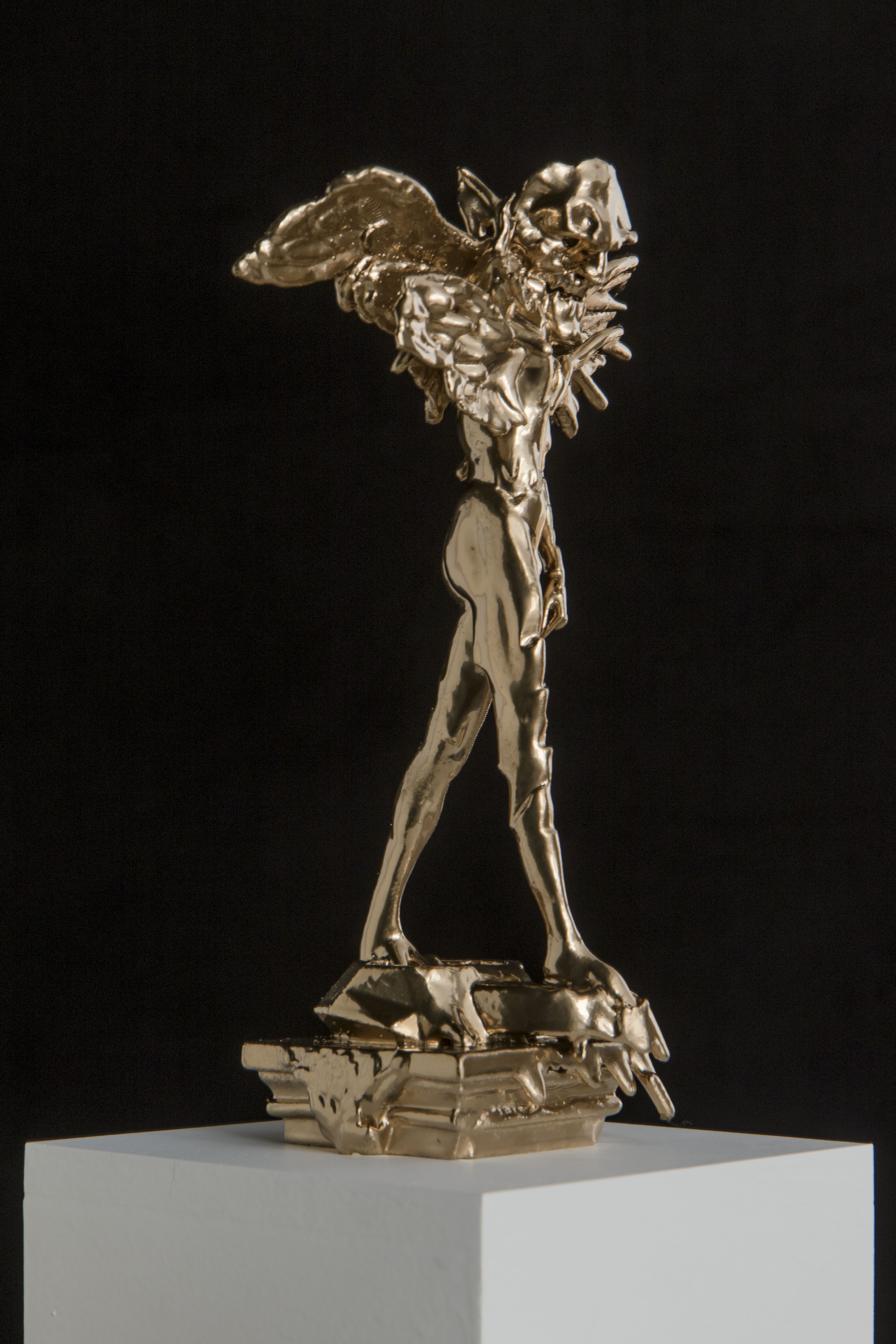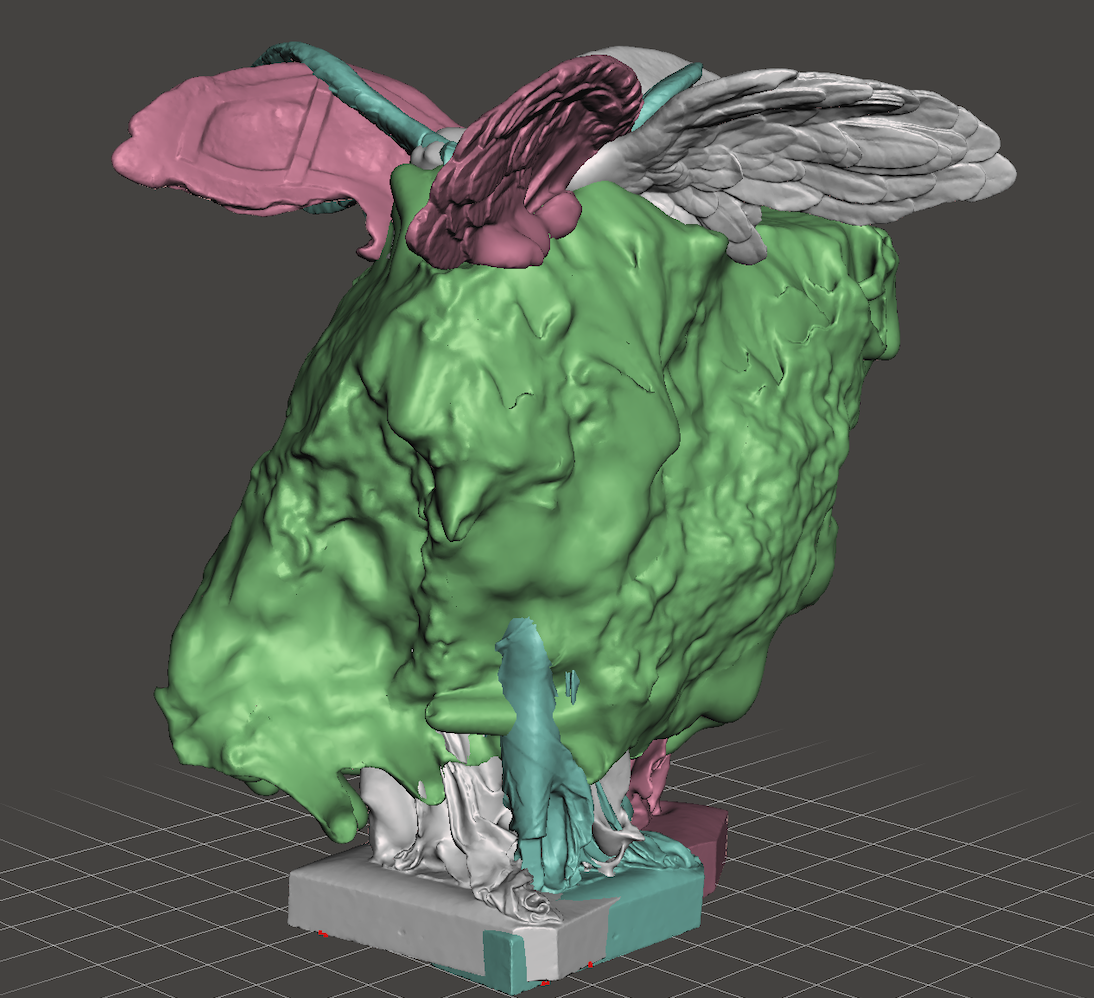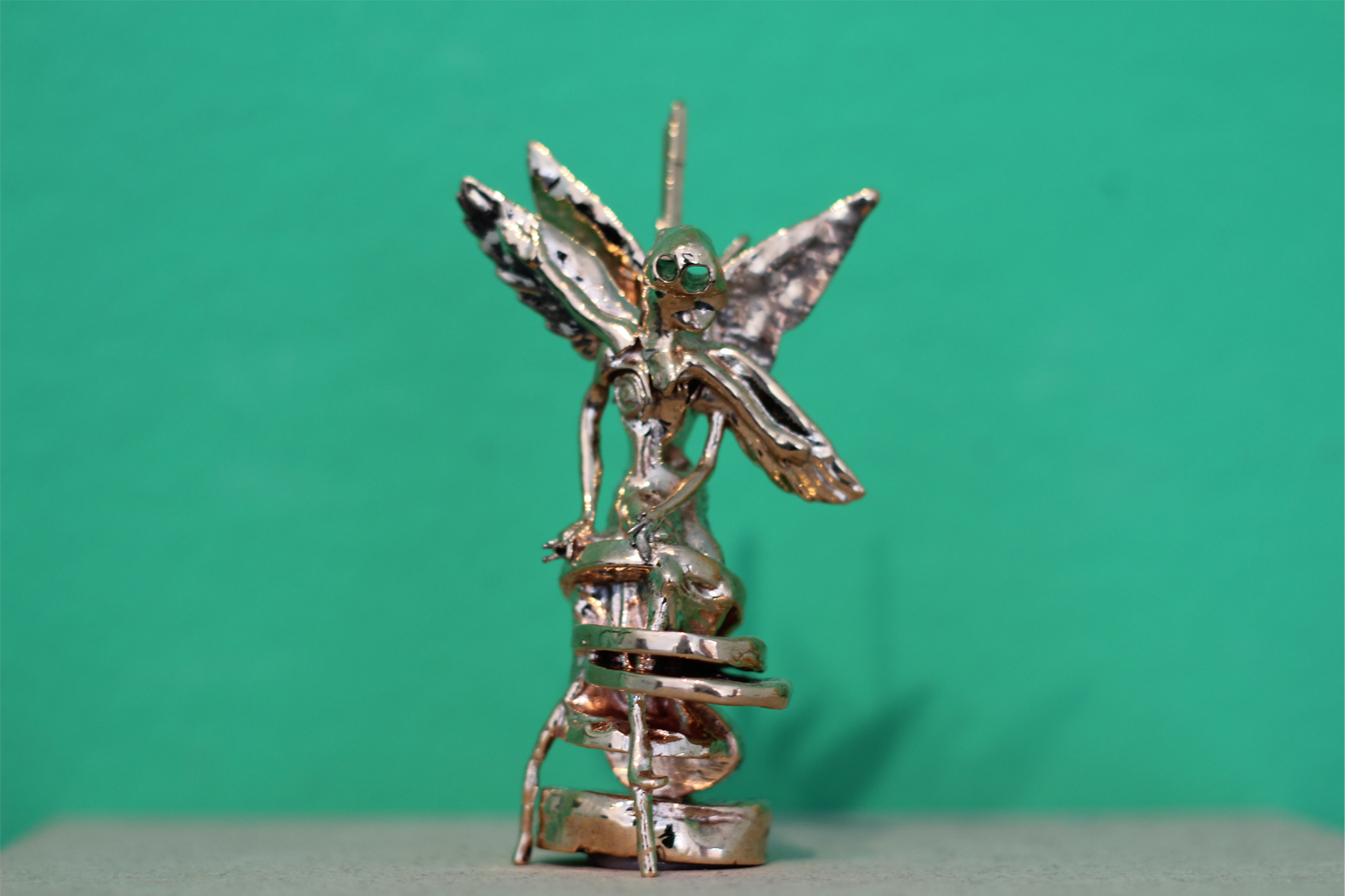PAZUGOO AND NUCLEAR WASTE AS ALIENATING FUTURE RELIC
Within the complex materials of radioactive waste, where toxic half-lives can extend for millions or billions of years, deep timescales of past and future are bound up with environmental catastrophe in the present. Alongside the question of what to do with ever growing masses of waste come questions of responsibility to and imagination of futures far beyond a single human lifespan. A history of design that ‘marks’ sites of buried waste, for example, has focused on communicating danger to future generations for safety purposes. It is argued via this case-description, however, that this is problematic. In restricting itself to these locations and assuming an unchanged future addressee, it affirms a heroic story of future salvation, missing questions of who may be excluded from managed anthropocentric narratives of the future. Further, it doesn’t account for scales of deep time that insist on unearthing more critical questions of relations between humanity, waste and natural environments. This case-description proposes instead a more speculative approach to the context through the Pazugoo work. This project adopts a distributed format of collectively produced and buried 3d-printed demon artefacts, aiming to connect multiple planetary scales of toxicity and care. Through this work, it proposes nuclear waste as future relic, not communicating to a future but instead reflecting back and critically alienating what counts as ‘human’ in the present.
| Organisation | Z33 |
|
Project lead |
Andy Weir |
|
Partners |
Z33, NIRAS |
|
Country/region |
Mol, Dessel |
|
Keywords |
Deep time, speculative design, ontological design, nuclear waste |


